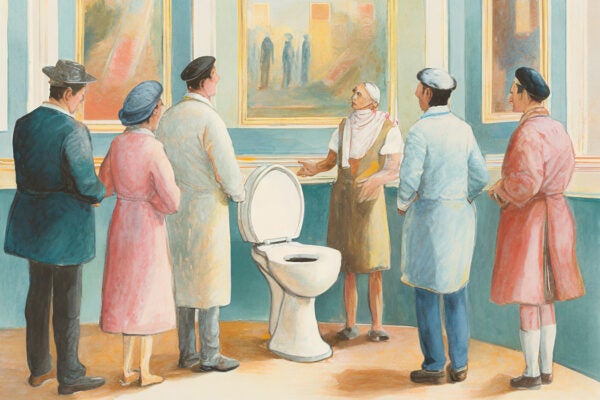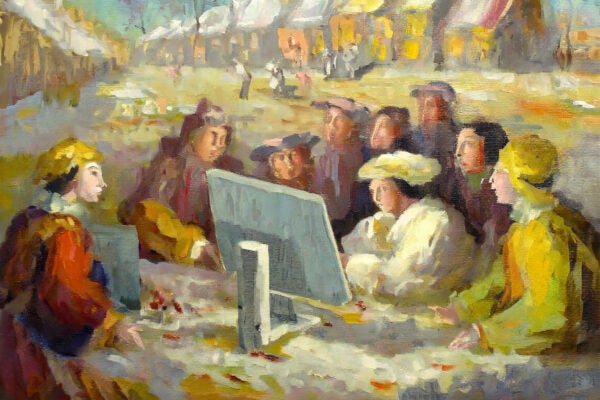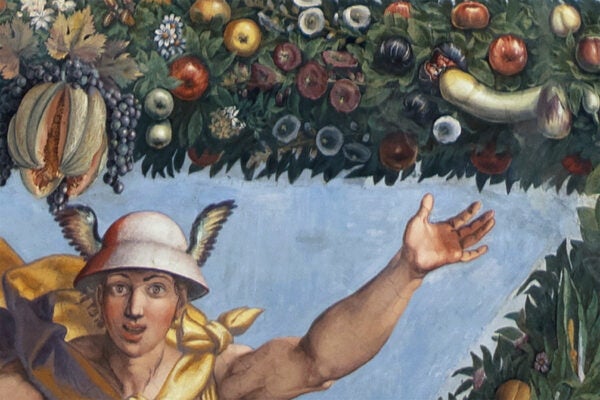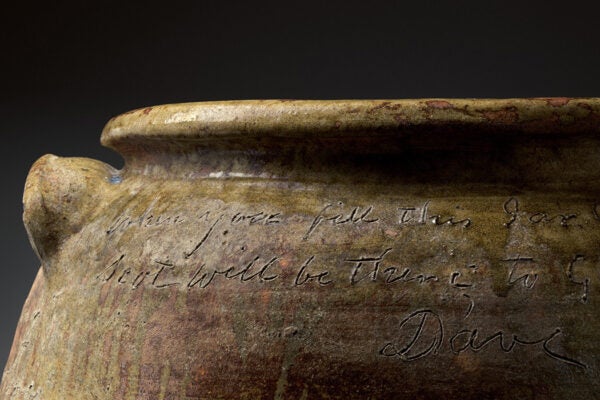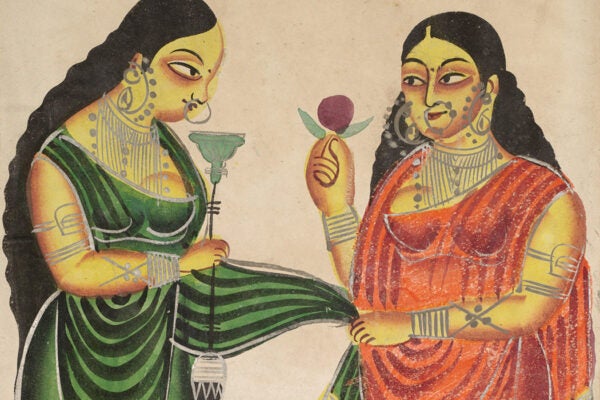The Climate Canvasses of the Little Ice Age
Low Country artists of the late Renaissance and Early Baroque eras captured the happiness and hardships of snowy winters—an ever rarer phenomenon now.
The Didarganj Figurine: A Yakshi or a Ganika?
Could we be wrong about the identity of this celebrated stone sculpture from ancient India?
Black in the USSR
Soviet artworks that featured Black Americans tended to trade in stereotypes. The paintings of Alexsandr Deineka were an exception.
AI and the Creative Process: Part Three
The multifaceted nature of creativity subverts the assumption it’s a human endeavor exclusively—meaning we might need to radically re-think the definition of “art.”
AI and the Creative Process: Part Two
Though technological innovation has always influenced considerations of art—think of Duchamp’s controversial urinal—the constant throughout is human touch.
AI and the Creative Process: Part One
How does generative artificial intelligence upend conventional understandings of who is and what makes for a true artist?
Fruit and Veg: The Sexual Metaphors of the Renaissance
Using peach and eggplant emojis as shorthand for sex may seem like a new thing, but Renaissance painters were experts at using produce to imply intercourse.
Searching for Queer Spaces
The dominant heteroview of architectural history means we may lose our queer spaces and their histories before we even know they exist.
Dave the Potter’s Mark on History
An enslaved African American in South Carolina did the unthinkable, writing his name on the walls of his vessels—and forever inscribing history.
How Bengal’s Nineteenth-Century Art Defined Women
Women’s roles as icons ranged from being seductive and erotic to mythical and religious as they imparted social, political, and ethical values.




